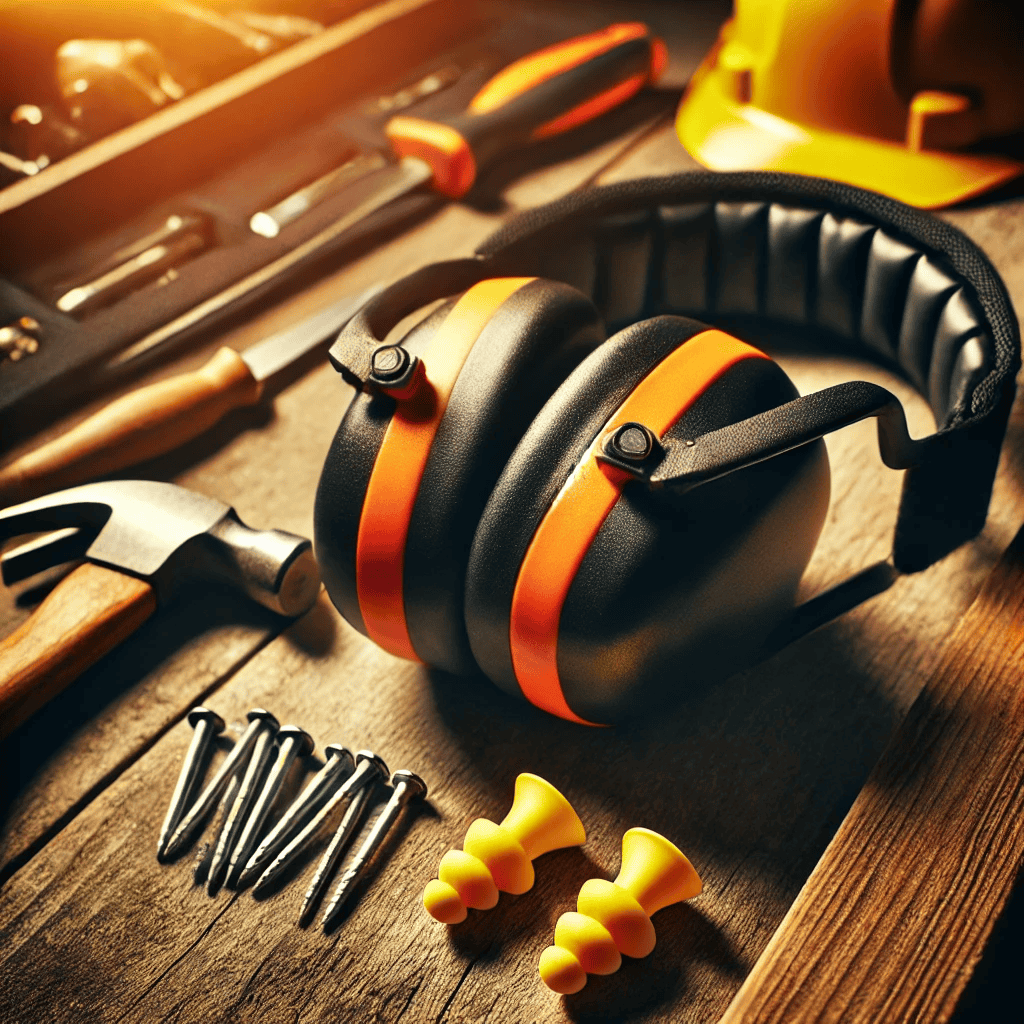Hearing protection devices are essential safety tools designed to protect your ears from harmful noise levels that can cause hearing damage or loss. These devices reduce the amount of noise that reaches the inner ear, ensuring that you can work in noisy environments without risking your hearing health.
Types of Hearing Protection
- Earplugs
- Disposable Foam Earplugs
- Reusable Silicone Earplugs
- Custom-Molded Earplugs
- Earmuffs
- Standard Earmuffs
- Electronic Earmuffs
- Canal Caps
- Banded Earplugs
- Semi-Insert Earplugs
Hearing Protection Key Features
- Noise Reduction Rating (NRR): Indicates the level of noise reduction.
- Comfort: Fit and comfort for prolonged use.
- Durability: Material and build quality for long-term use.
- Adjustability: Ability to adjust for a secure fit.
- Electronic Features: Amplification of safe sounds and suppression of harmful noise.
Choosing the Right Hearing Protection
Choosing the right hearing protection involves considering the noise level of your environment and the duration of exposure. Earplugs are great for versatility and can be used in various situations, while earmuffs provide a higher level of protection and are easier to put on and take off. For maximum protection, especially in extremely noisy environments, a combination of earplugs and earmuffs can be used.
Proper Use and Techniques
To ensure effective hearing protection, it’s important to use these devices correctly. For earplugs, roll them into a tight cylinder and insert them into the ear canal, then hold them in place until they expand. Earmuffs should fully cover the ears and seal tightly against the head. Always follow the manufacturer’s instructions for fitting and adjusting your hearing protection.
Maintenance and Care
Regular maintenance and care of hearing protection devices extend their lifespan and ensure they provide the best protection. Clean earplugs and earmuff cushions regularly with mild soap and water. Inspect them for wear and damage before each use, and replace them if they show signs of deterioration. Store your hearing protection in a clean, dry place away from extreme temperatures.
Safety Tips
- Always wear hearing protection in noisy environments.
- Ensure a proper fit for maximum effectiveness.
- Replace disposable earplugs regularly.
- Avoid using damaged or worn-out hearing protection.
- Educate yourself on the noise levels in your environment and choose the appropriate protection.
Conclusion
Protecting your hearing is crucial in any DIY project that involves loud noises. By understanding the different types of hearing protection and their key features, using them properly, and maintaining them well, you can ensure your hearing remains safe. Always prioritize your hearing health to enjoy your DIY activities without compromising your safety.


